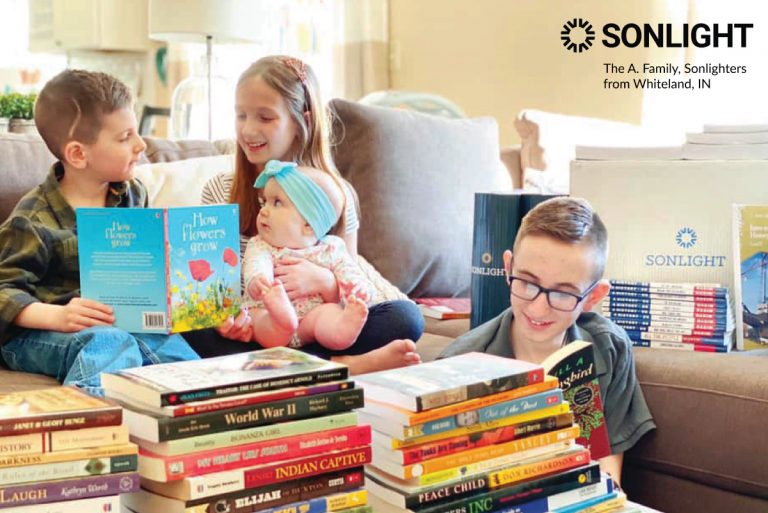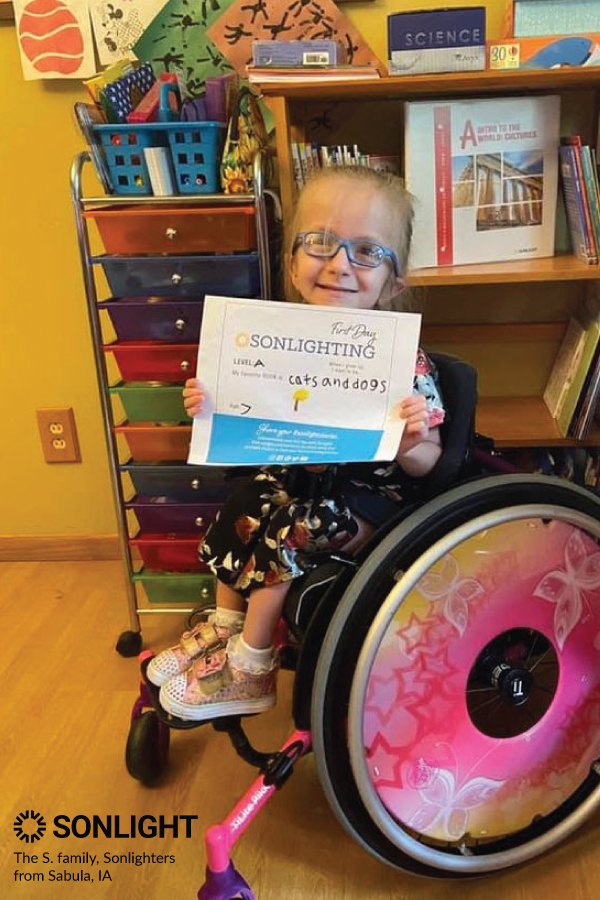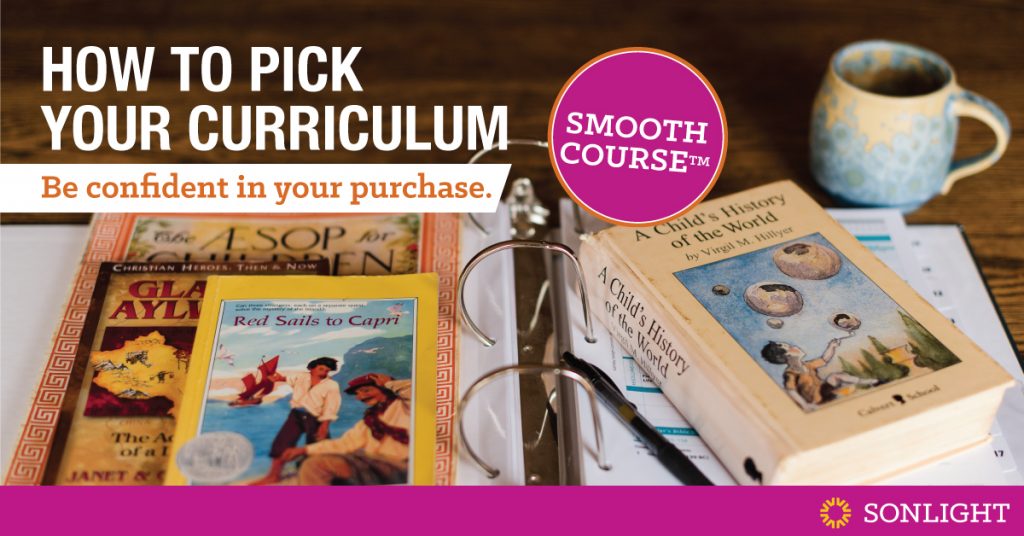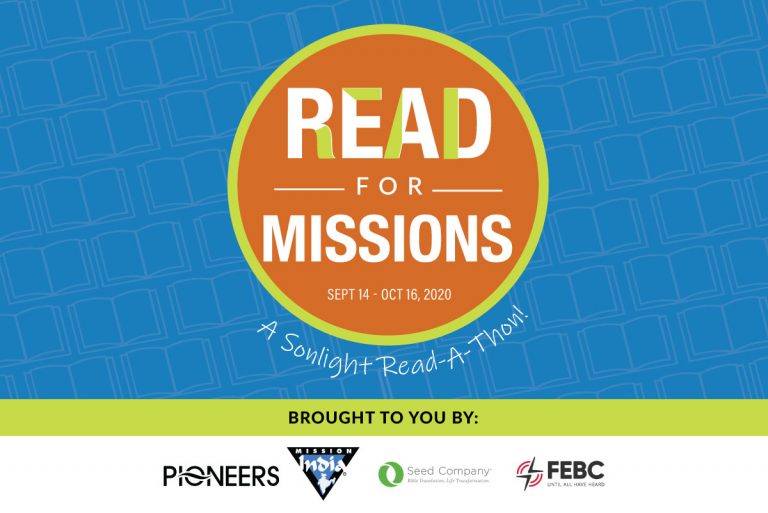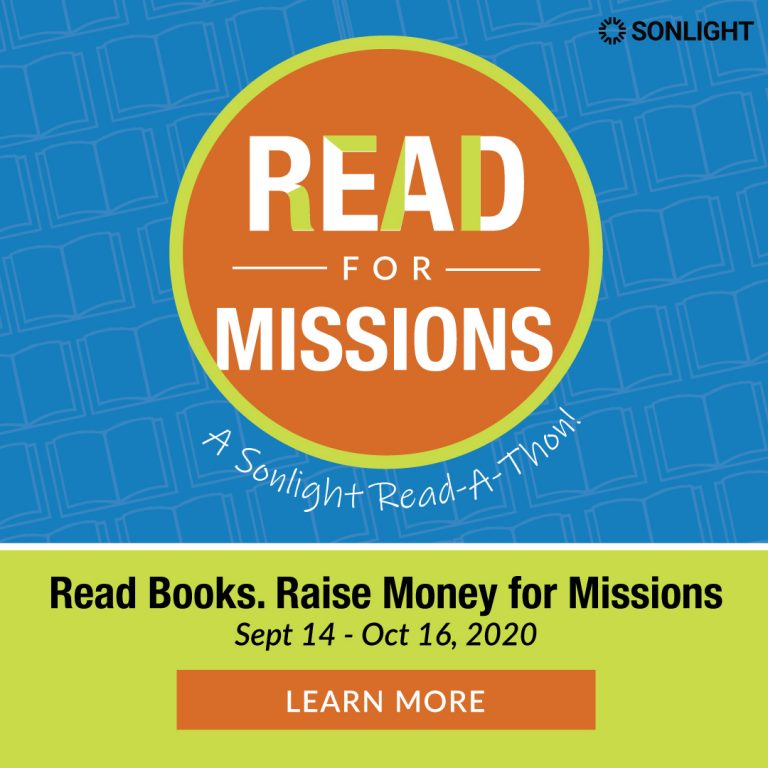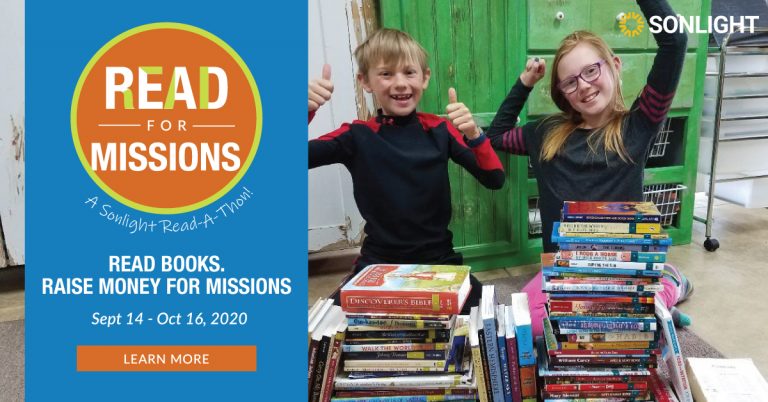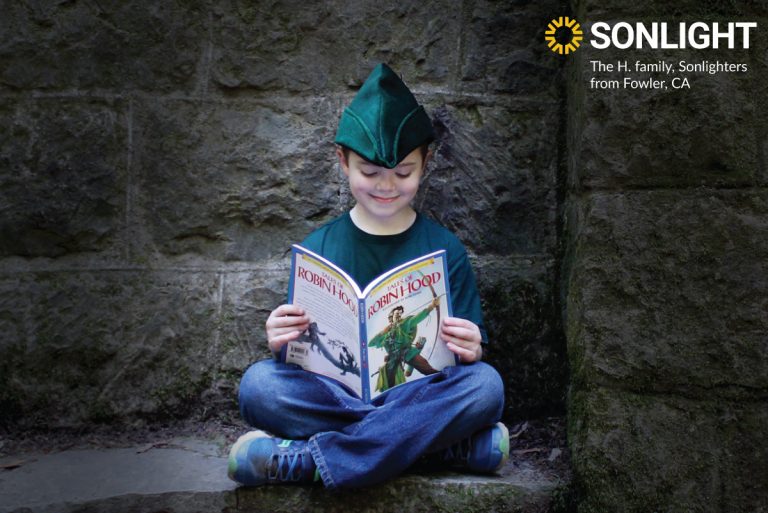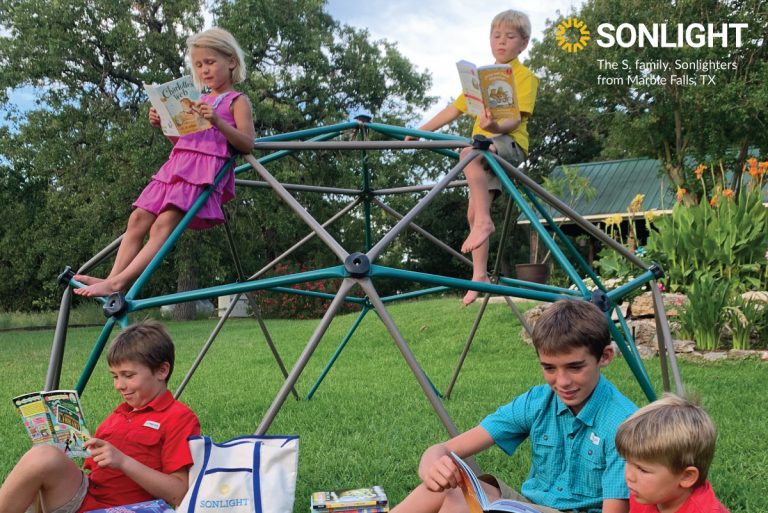
Trying to change public education is like trying to steer an ocean liner ... with 1,000 people clamoring for the steering wheel at once.
In other words, it's hard to do. By the time most change happens, it has been filtered through so much bureaucracy, I'm not sure it does much to help students.
But homeschoolers? We don't have to get bogged down in bureaucracy. We have the freedom to simply do what makes sense. Many new homeschool families who were unexpectedly pushed into school at home due to the coronavirus are discovering this wonderful benefit, too!
To that end, I want to share an older but still incredibly relevant article that makes me want to shout amen: 10 Obvious Truths about Educating Kids That Keep Getting Ignored (article may require paid access).
I agree with these obvious truths. And I rejoice that homeschoolers don't ignore them. In fact, we homeschoolers naturally incorporate them into our approach to education. Though I don't think the author intended it this way, I see the article as a major validation of homeschooling as an educational option.
For example, in the section exploring the reality that "Students are more likely to learn what they find interesting," I was stunned to read the following sentence:
A group of researchers found that children's level of interest in a passage they were reading was 30 times more useful than its difficulty level for predicting how much of it they would later remember.
I knew that student interest makes a huge difference. But that interest level was 30 times more useful for predicting recall than difficulty level? That blew me away.
- Give kids an easy passage that they find boring? They won't remember it.
- Give them a difficult passage that they find boring? They won't remember it.
- But give them a fascinating passage of any level within their reach? They'll be all over it.
This principle is at the heart of the Sonlight approach to homeschooling. We fuel children's love for learning. We give them books that grab their interest and foster discussion within the family. And the learning almost takes care of itself.
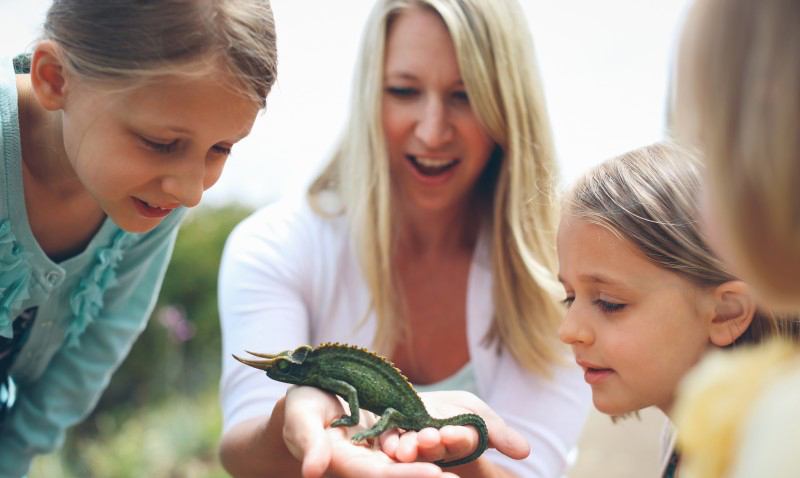
Sonlight mom Erin M. does what homeschool moms naturally do as she introduces her children to a fascinating world within a loving environment.
Kids know that textbooks are boring. (Have you tried to read one lately?) You just can't write a textbook as gripping as a story. But when kids read great stories and get to tag along on the adventures of those who lived through turning points in history ... they eat that up and remember the historical content.
Another obvious truth this article points out is
"We want children to develop in many ways, not just academically."
I've written before on how homeschooling doesn't just give that lip service. We have the freedom to help kids develop in many areas of life.
For example, it is next to impossible for a classroom teacher to properly address the specific emotional and physical needs of each child in her classroom. But as a homeschool mom or dad, you can—and do—attend to those very things every day.
- If your son has a meltdown over a difficult math assignment, you can take a break from the math and address his emotional needs.
- If your daughter needs to work for 30 minutes and then jump on a trampoline for 10 in order to stay focused ... why not? You are free to let her do that.
- If your children are grieving the loss of a pet, you can take time during the school day to talk about their loss and help them process.
In other words, homeschooling lets us meet our children's holistic needs. We can let our kids be kids.
I could point out every one of the 10 items on the list, but I'll end with this one:
"Children are more likely to succeed in a place where they feel known and cared about."
Amen. And where do children feel the most known and cared about? In a loving home, with their family. You'll never find a teacher who knows and cares about your students more than you do.
So carry on the good work you're doing. When the days get long and spring seems far away, know that you are giving your children a great gift. You are embracing natural truths about education that classroom teachers would love to be able to implement. Keep up the good work!


